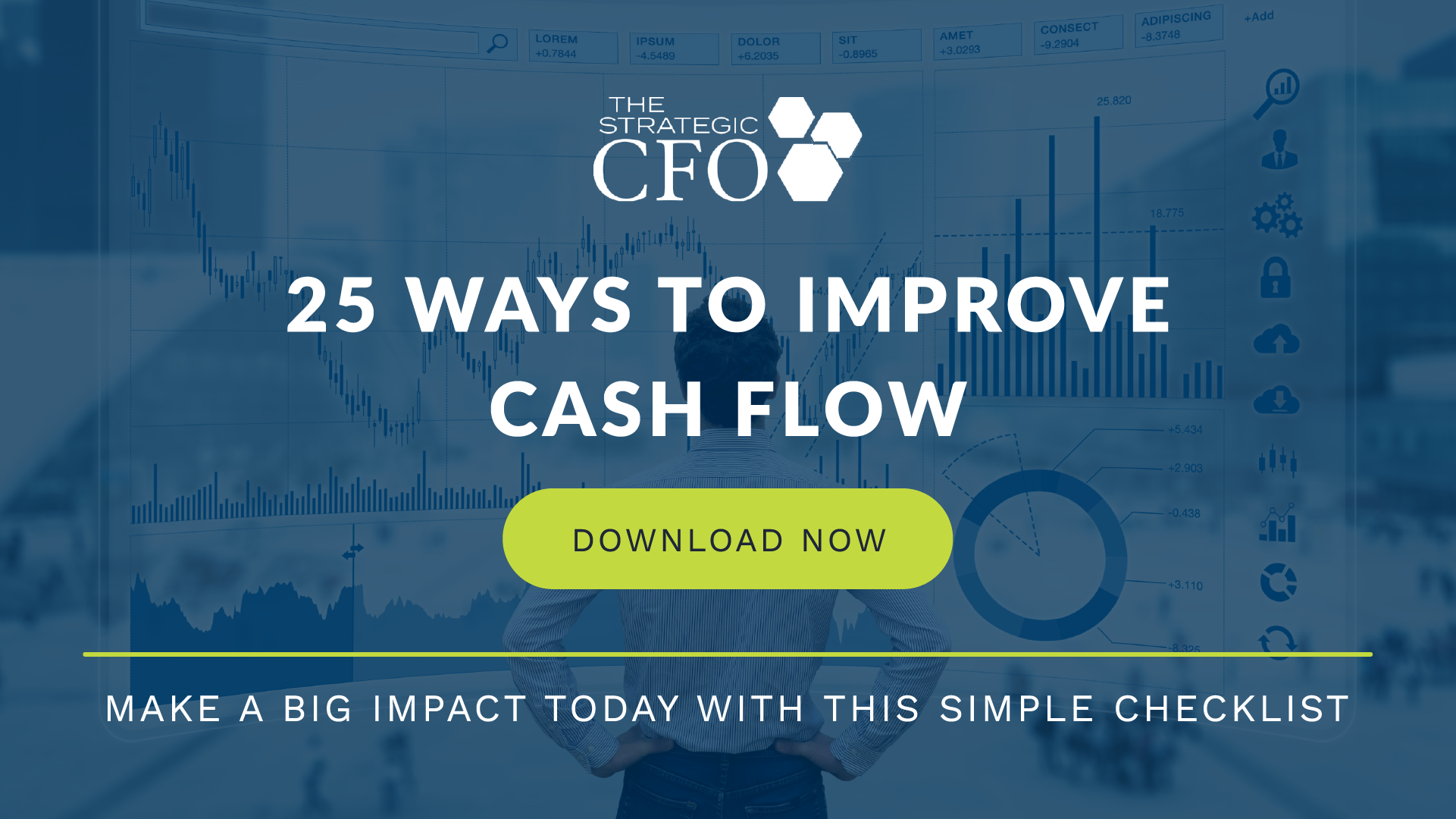See Also:
Collateralized Debt Obligations
Convertible Debt Instrument
Debt Ratio Analysis
Debt Service Coverage Ratio (DSCR)
Overhead Rate
Imprest Account
Outstanding Debt Definition
Outstanding debt, defined as the total principal as well as interest amount of a debt that has yet to be paid, is of core importance for any company which has used debt financing. It is important because it expresses a dollar amount to be paid before a liability is closed.
Outstanding Debt Explanation
With a little work, an outstanding debt letter can also be used to represent an amount of time until a liability is closed. Outstanding debt is of pivotal importance to a company because it represents an important point: once this debt is closed a company has additional freedom to receive more free cash flow, take out other loans, and ultimately receive greater profits.
This type of debt can indicate either short term (1 year) or long term (greater than 1 year) debt. Any debt that has yet to be fully paid has an amount of outstanding debt, whether it is 1 cent or $1,000,000. For outstanding debt, collection is not a factor because this term does not indicate debt which is past due.
Outstanding Debt Example
Brewco is a company which manufactures beer. Brewco, a maker of premium quality beers, is a company with growing demand for products. Pubs and consumers alike are becoming interested in the new brands of beer which Brewco invents on a regular basis.
Brewco is experiencing so much growth, in fact, that it needs to take another loan. The problem with this is that Brewco already has outstanding debt for a loan the company took in the startup phase. Brewco is in a difficult position because it needs new capital but will not qualify for a loan until it has repaid the outstanding debt which it is responsible for. The company has $100,000 of outstanding debt. In comparison, Brewco is just experiencing the first taste of success and only projects $20,000 of free cash flow this year.
Penny, a beer afficianado and the founder of Brewco, knows exactly what she must do. After trying to find financing from a variety of sources she decides to use her own savings to pay down the loan. Penny knows that she is taking a risk here: the company may experience less demand in the future than it does now. Still, Penny believes in her product and company. Additionally, Penny can afford to loose some of her savings to this risk. She has a satisfactory amount from her previous work for a major brewing company.
Conclusion
Penny moves forward to this risk with confidence. She always knew the success of her company was up to her. Penny prepares for the future as she works on the present.
For more tips on how to improve cash flow, click here to access our 25 Ways to Improve Cash Flow whitepaper.
Access your Strategic Pricing Model Execution Plan in SCFO Lab. The step-by-step plan to set your prices to maximize profits.
Click here to learn more about SCFO Labs[/box]























